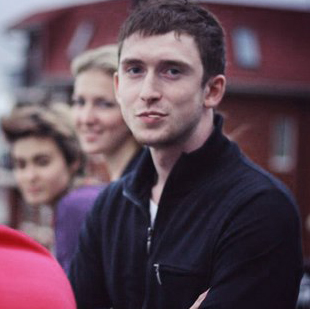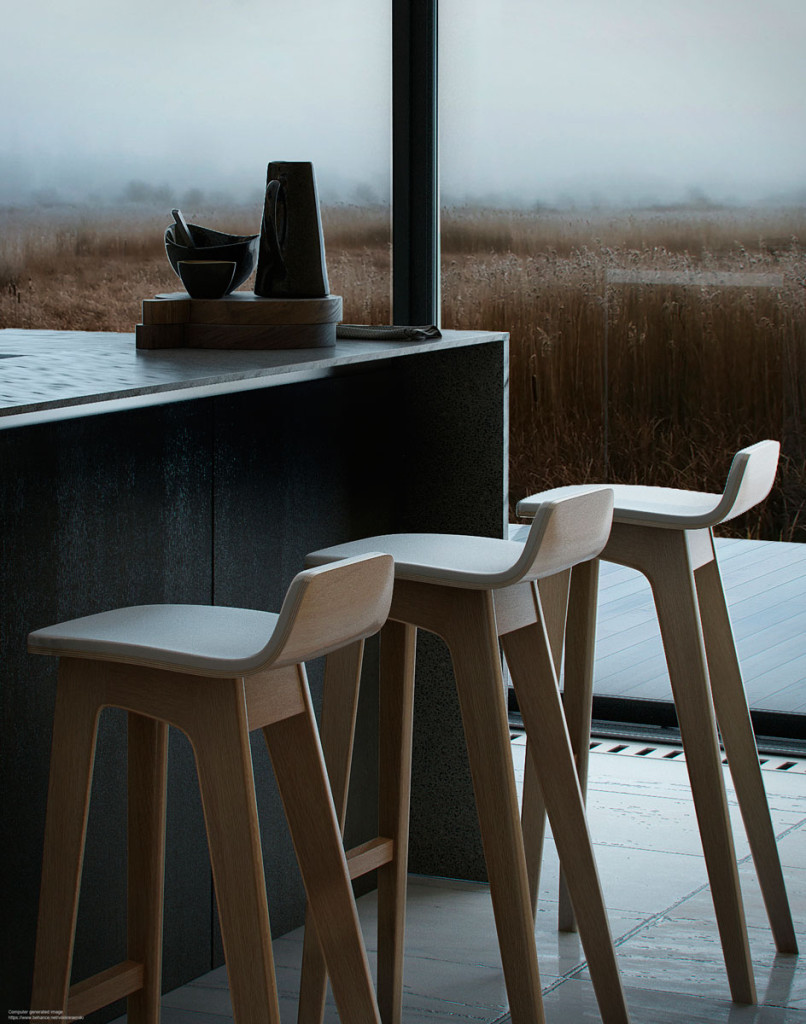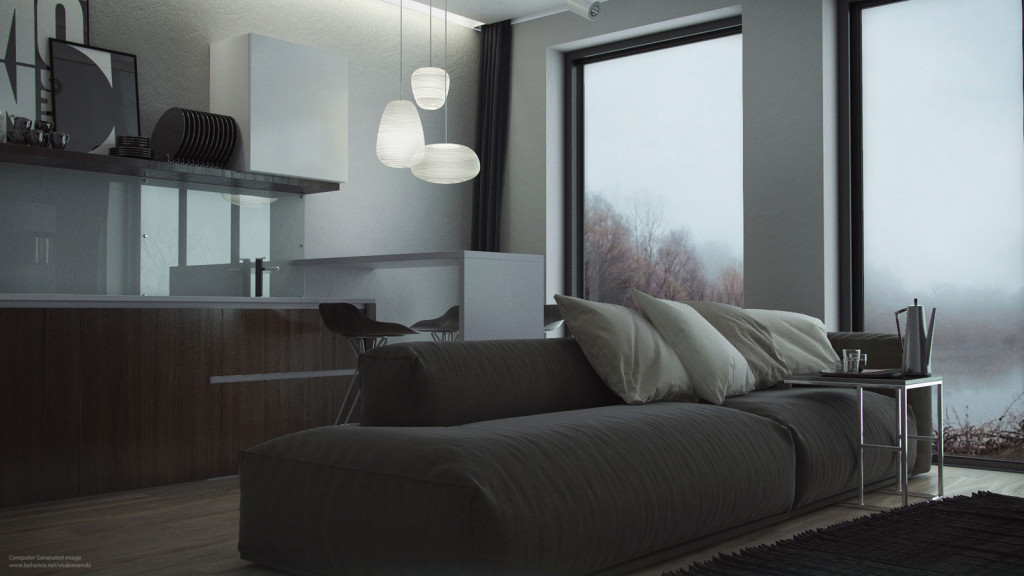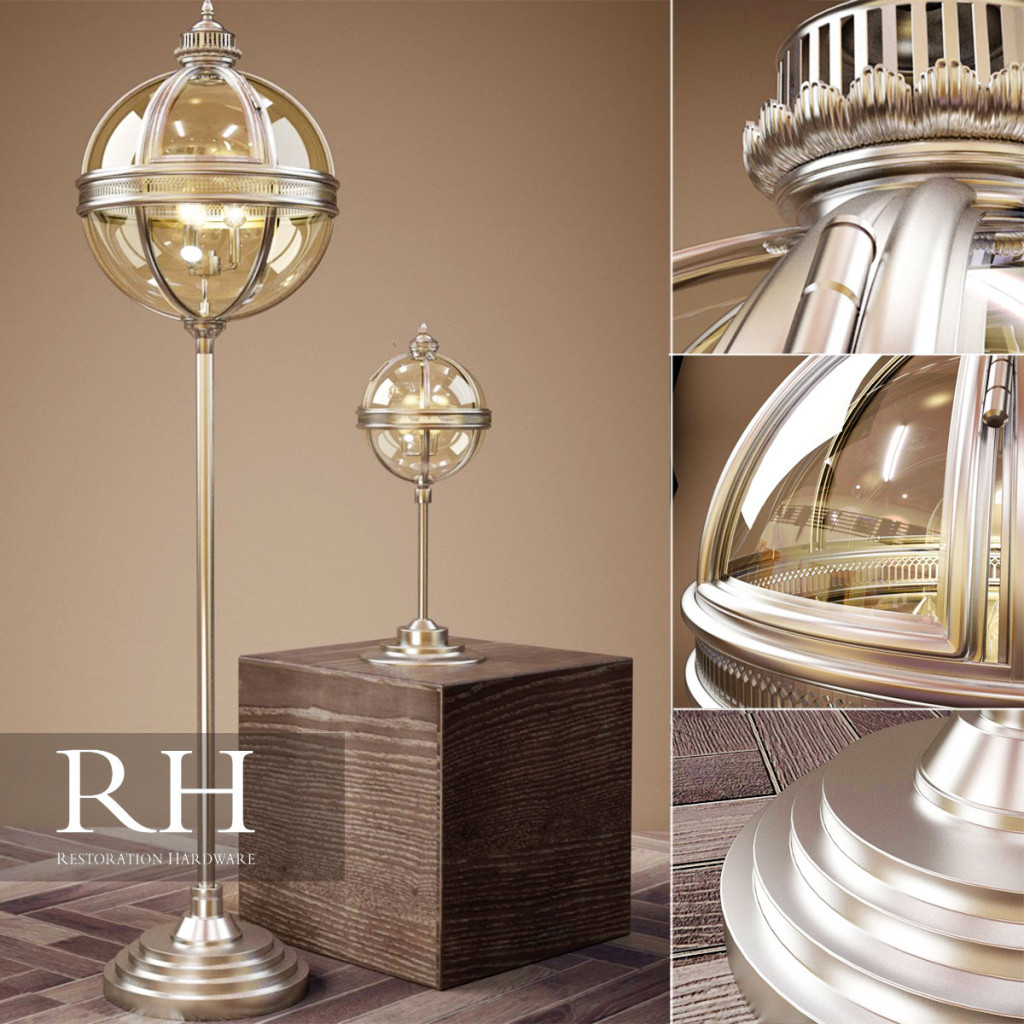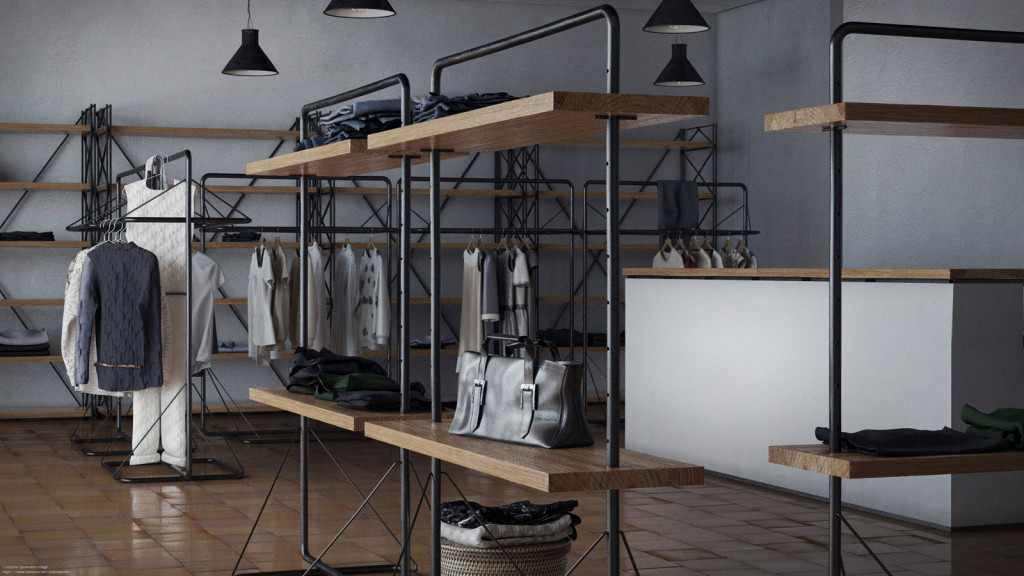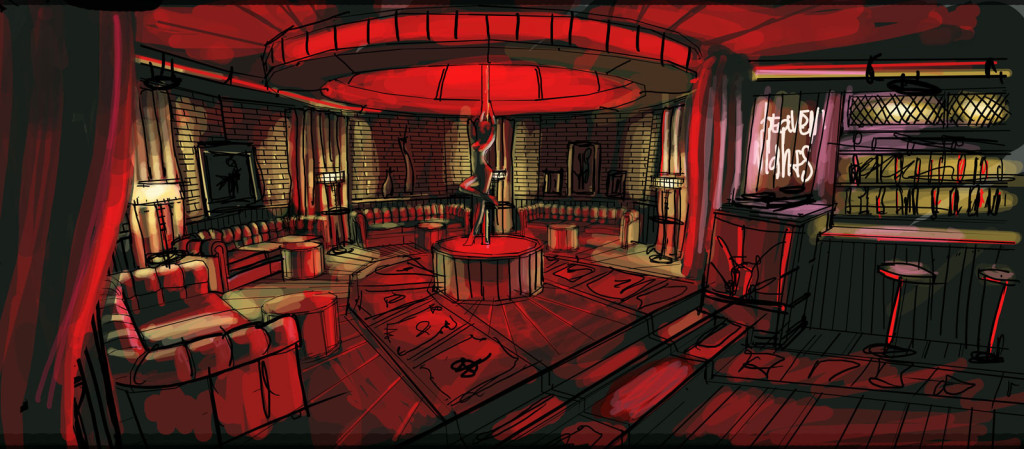Brief:
Area of living: Vladivostok, Russian Federation
Company: Full-time Freelancer, since 2011
Expertise: Expert level in interior
Project duration: 1 week
Software using: 3DsMax, Corona render and Photoshop
You can find Vladislav:
Vladislav is not only talented 3D visualizator with architectural background, but also great artist, who can draw your future interior right in front of you by hand. Sometimes he thinks that 3D is not necessary tool at all. It is like using huge excavator on your house land instead of shovel. But the main point is not the tools you are using, but clients satisfaction.
Usually, an excess amount of amendments shows that the designer hasn’t properly organized work with a client. I try to establish a mutual understanding and agreement on key aspects of the project at the stage of development a technical task.
For example, to select the style of the project and visual solutions I tell the client about the latest trends in design. So that before he chooses visual style he would have known what is good design and what is bad. After that we will certainly make a good design. It goes with browsing through good interiors in such resources as Pinterest, Instagram, Flickr. Also, before starting a 3D visualization I use line drawings by hand to discuss and agree on the basic ideas.
Later during the development of the project I keep a customer informed of the design process and together we will adjust it to achieve the desired result. This method avoids many unnecessary edits, since the project was originally built to satisfy the customer’s needs.
When I was working in an architectural studio, we received an order to develop apartments in a penthouse in one of the highest and most luxurious buildings of the city. Although I was a young designer, I was immediately appointed executor of this project. It seemed to me that this was a project of my dreams and I gladly started working on it.
I did a lot of variants of each room during half of a year and each variant was good. But each time the client changed his views and could not decide. Other people were communicating with the customer and I could not affect it, or make a technical task with him.
After six months of meaningless work, I realized the importance of competent management with customers and development of technical tasks. Unfortunately this studio was not able correctly organize design process and work with clients. We were just trying to guess what the client likes. Later I went to work on my own, but the project was never completed. As far as I know the client stopped communicating. It was an important experience for me.
That’s a good question. Today it is often raised on 3D forums. But such view is generated by a misconception, that a user of software is automatically a 3D artist or a designer. I think this is a right evolution of CG Art, when a 3D program takes its rightful place of a tool – of a canvas and paint. The main difficulty and value are not in the technical skills, but artistic and not many possess those.
It seems to me that CG Art market is really The Art Market, and one shouldn’t get fixated on the technical side. Soon, the client will understand that 3D graphics has no value in itself. The result will be of importance, and it won’t matter how it was accomplished – by painting in oils or in a 3D application.
I think every studio knows what should be done in terms of attracting new customers. Of course it is to make beautiful projects and to give them maximum publicity on the Internet and the media. Also the service is very important.
Regarding 3D visualization quality. Naturally, most of the work is done by a rendering engine. But in my opinion, it is only gives a nugget what you want to expose to gem-cutting, i.e. post processing. I will try to tell you some of the principles I try to follow myself:
- A 3d artist must understand that photorealism is not in just rendering, but also in the scene geometry. This means that the more perfectly smooth edges and surfaces are there in your scene, the more it looks like a toy render. Add irregularities on the walls, shelves, floor, ceiling, furniture.
- Try to use quality textures and shaders. At least sometimes used unwrap modifier and draw texture yourself – it will add exclusivity and credibility to a render.
- Do not over saturate colors. It looks colorful, but false.
- In order to simulate hardwood flooring and tiles, use the floor generator + multitexture. They allow you to make uneven floors with a random arrangement of textures. It looks very realistic.
- Do not forget about ambient occlusion. This effect adds to the realism too. But it is desirable to apply it in the post processing program.
- And remember, photo-realism is different. Sometimes it may not be pleasant to look at. The goal of an artist is the beauty rather than photo-realism, so try to make it nice and not only photo-realistic.

